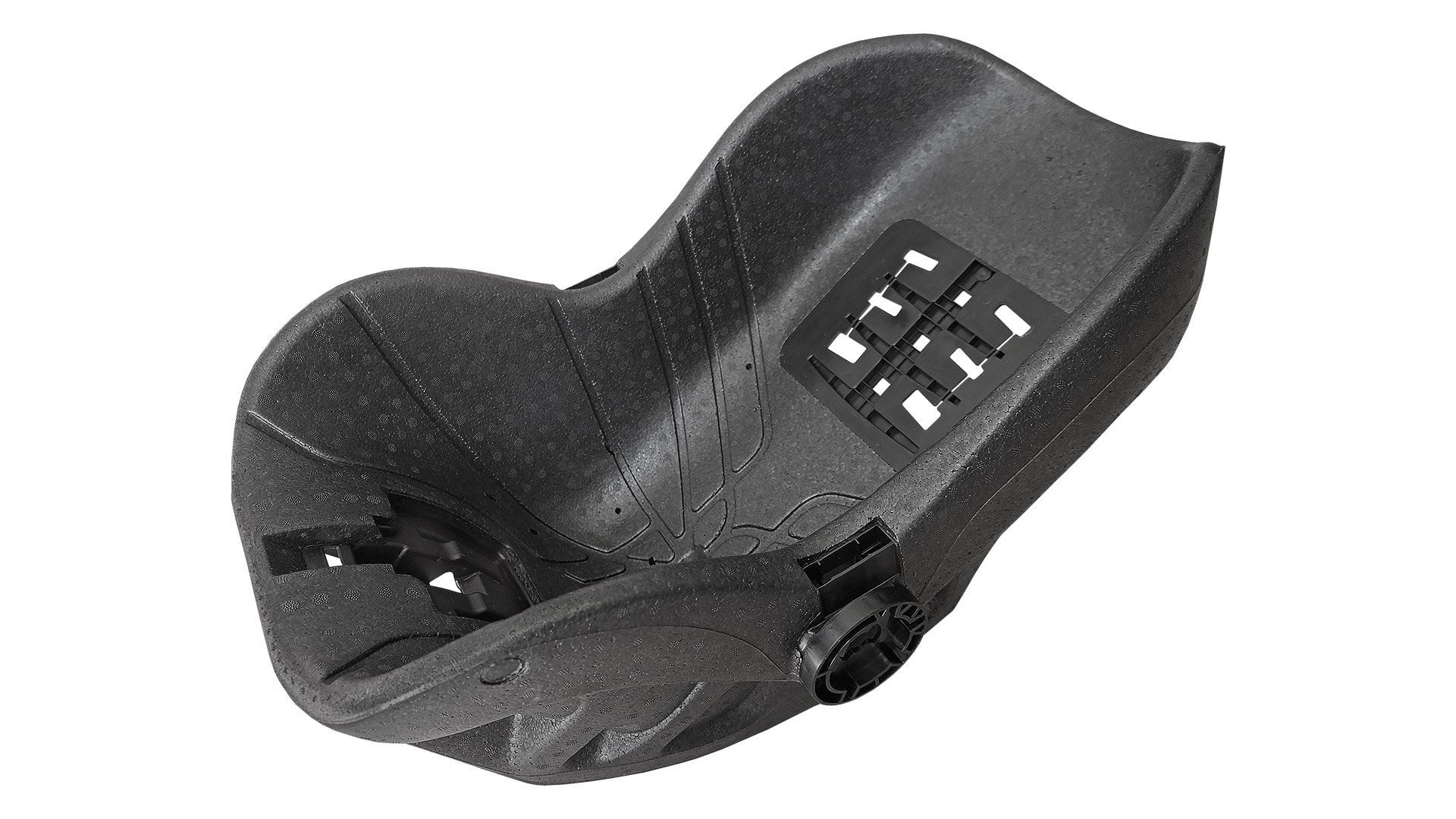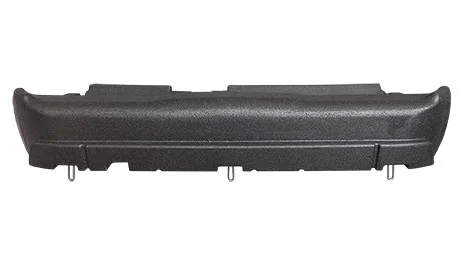For decades, there has been a belief that the safest place in a car is the back seat just behind the driver – statistically, is it really the safest place in a car? An analysis of the effects of frontal crashes conducted by the Institute of Highway Safety, however, indicates that passengers traveling in the rear seat of a car suffered the most injuries. What is the reason for this?
The perception that the seat behind the driver's seat is the safest in a head-on collision is mainly due to technological reasons. The frontal controlled crumple zone naturally receives the first wave of impact. As a result, the forces acting on the rear of the vehicle cabin are dampened, reducing the risk of serious injury.
Analysis of the impact of incidents reveals the statistically safest place in a car
However, a study of frontal crashes conducted in the United States by the Institute of Highway Safety showed that more than half of rear seat passengers were more seriously injured than those in the front. Contrary to what you might think, however, this does not mean that the rear bench seat has become any less safe than it once was. This is mainly due to the fact that passive safety systems to protect front-seat passengers have developed faster. These include optimized crumple zones, airbags, and coordinated with them, more advanced seat belt tensioning mechanisms that are not always found in rear seats.
Do seat belts in a rear car seat increase safety?
The IIHS, in collaboration with a hospital in Philadelphia, analyzed traffic crashes that killed or injured more than 117 people ranging in age from 6 to 92. All of them were in the back seat of a car during a head-on collision. Medical records indicated that some of the injuries sustained by the passengers were caused by seat belts exerting too much pressure on the chest. However, this was not a result of the belts per se, but rather using an "older" version. It turns out that in many car models, the seat belts used in the rear seats do not have so-called tension limiters to protect against such injuries, which is already standard in the front seats. Of course, regardless of the type of mechanism, wearing seat belts is not only mandatory, but also the most reasonable solution. They prevent much more serious and potentially fatal injuries, such as a high-impact crash into the back of the front seat or falling through the windshield.
Where is the safest place in a car for the elderly?
The elderly are actually the most vulnerable to belt pressure injuries. Their bones are more fragile, making them more susceptible to fractures. That's why the IIHS issued a recommendation that elderly passengers should occupy the front seat if the rear seat belts are not equipped with a tension limiter.
Which seat in a car is safest for a child?

Children over the age of 13 should still travel in the back seat, as the rear area of the vehicle is subject to less stress. Alternatively, think about special seat belts for children. The back seat is also the safest place for children traveling in properly fitted and secured child car seats.
Seat belts in a car – construction and technology development
Seat belts were first introduced as a safety feature in automobiles by Volvo in the late 1970s, and have subsequently found widespread use in all vehicles.
How do seat belts work?
A basic mechanism consisting of an elastic belt attached to a spring-loaded spool allows the belt to expand and retract automatically with the passenger's unrestrained movements. However, in the event of an accident, a locking mechanism is activated to counterbalance the inertial force and prevent movement of the passenger's body.
3-point seat belts – how do they differ from 2-point belts? What is the role of pre-tensioners?
As time passed, three-point seat belts were used instead of two-point belts to support the hips, chest and abdomen, along with the addition of pretensioners to pull the belt tighter and press the body against the car seat. Today, the most popular systems include pyrotechnic pretensioners connected to the same sensors as the airbags. However, in order for such a system to provide greater safety, manufacturers began to use tension limiters, which loosen the tightened belt moments after the activation of an airbag. This allows the occupant's body to fall freely onto the airbag. In addition, the force that a tight seat belt exerts on the human body has been matched to the minimum strength of the body to prevent damage. Rear seat passengers are not protected by airbags, so in many cases, the seat belts used in this section have not evolved as much. However, nowadays more and more manufacturers are starting to use seat belt pretensioners and tension limiters on the rear seat as well, and even mechanisms to prevent the passenger from slipping off the seat. In this context, the proper design of a rear car seat is of great importance.
Why is the back seat in a car the safest place for a child?
A well-designed rear car seat is not only supposed to provide comfort when traveling, but also maximum safety. This is of great importance, since it is often used by older children, who are no longer able to travel in car seats due to their height. Apart from seat belts, also headrests and properly formed back seats are responsible for protecting passengers in this area of a car. The rear bench seat must be solidly reinforced, have adequate depth and a characteristic longitudinal indentation on the edge, which prevents the passenger from sliding forward in the event of an impact.
See also: Manufacturing and use of car headrests
What is a safe rear car seat made of?

Rear seat bases are now manufactured from modern foamed plastics that have high mechanical strength and, in combination with soft foams, provide high passenger comfort. Knauf Industries' EPP foam molding technology allows for a cost-effective production of custom designed seat parts with metal reinforcement and inserts for easy installation in a single cycle. Specially designed molds are used to achieve the desired shapes in every detail according to the design. Because of their damping properties and ability to elastically return to the previous shape, EPP foams are also used in the production of headrests, armrests and door panels, providing comprehensive passive protection for passengers, not only in the back seat of a car.